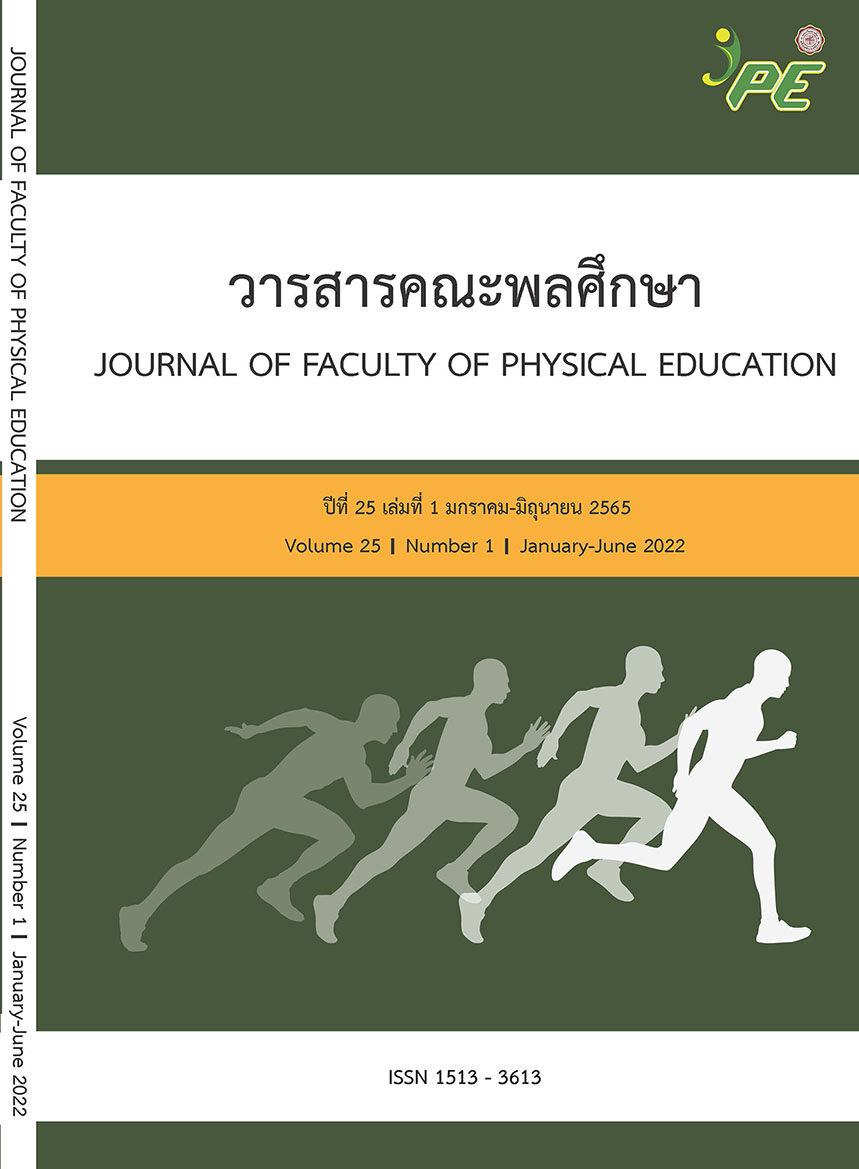STRATEGIC PLANNING GUIDELINES TO DRIVE TOURISM BY THE COMMUNITY IN MUEANG BANG KLANG SUB-DISTRICT, SAWANKHALOK DISTRICT, SUKHOTHAI PROVINCE
Main Article Content
Abstract
The study aimed 1) to study the guidelines for community-based tourism management and
2) to propose the strategic planning for community-based tourism management. The sample group
consisted of 109 people. The data were collected from a community forum. The research instrument
consisted of SWOT ANALYSIS, PESTE Analysis, TOWS, Blue and White Ocean Strategy leading to the
determination of vision, mission, strategic issues, goals, indicators, target values, project strategies and
resolutions in order of 3 strategies, 3 tactics and 3 projects.
The results revealed the community participated in implementing and evaluating with the aim
of earning more income. Firstly, the priority was placed on Strategy 3 to develop infrastructure and
facilities for tourism. This included Tactic 3 to establish a tourist assistance center with the emphasis
on tourist safety. It led to Project 1 which was to make signs to publicize tourist attractions. Secondly,
the priority was placed on Strategy 4: to promote the participation and the integration of government
and private sectors. This included Tactic 3: to develop the collaboration among related sectors. This
led to Project 1 which was to establish a community tourism working group. Thirdly, the priority was
placed on Strategy 2: to develop the quality of products and services in tourism. This included Tactic
2: to develop health tourism and environmental tourism. This led to Project 1 which was to organize a
half marathon competition. The plan should be supported by government and private agencies in
terms of budget and tourism management consultant.
Article Details

This work is licensed under a Creative Commons Attribution-NonCommercial-NoDerivatives 4.0 International License.
Any articles and comments This journal is the opinion of the author. The Faculty of Physical Education doesn't always have to agree. Anyone wishing to publish or distribute a message must obtain direct permission from the author.
References
Chanthaphan, T., & Rittima, W. (2013). Community-Based tourism of Ban Khao Sub-district, Ranot District,
Songkhla Province. Hat Yai Academic Journal Hat Yai University, 71–78.
Community Tourism Institution. (2016). Community tourism. Community Business & Tourism Informative.
Retrieved August 16, 2021, from https://cbt-i.org/develop-knowledge-of-tourism-by-the-community/
José G. V‐H. (2012). Sustainable cultural and heritage tourism in regional development of Southern Jalisco.
World Journal of Entrepreneurship, Management and Sustainable Development, 8(2/3), 146-161.
Nipawan, W. (2011). Management and strategic management of government agencies. Frapez.
Phrasunil, J. (2 0 1 7 ). Strategic Plan for Wiang Chiang Saen Municipality community for supporting special
economic Zones. Borders and special areas for sustainable tourism. Research and Development
Journal Suan Sunandha Rajabhat University, 9(1), 32–46.
Ritdej, T. (2015). Guidelines for the development of tourism activities and tourist attractions for sustainability of
Amphawa floating market Samut Songkhram province. Journal of Administration and Thai Tourism,
(2), 18–33. https://so05.tci-thaijo.org/index.php/sarasatr/article/view/254889/172563
Singsaktrakul, P., & Sermkarndee, P. (2013). A study of potential and guidelines for tourism community
conservation Ban Thung Maprang Khuan Don and Ban Ton Panan Khuan Kalong District, Satun
Province. Suthiparita Journal, 27(83), 97–112.
Untachai, S. (2012). The Development of Integrated Ecotourism Marketing Management to be Sustainable in
Upper Northeastern, Thailand. Udon Thani Rajabhat University.

